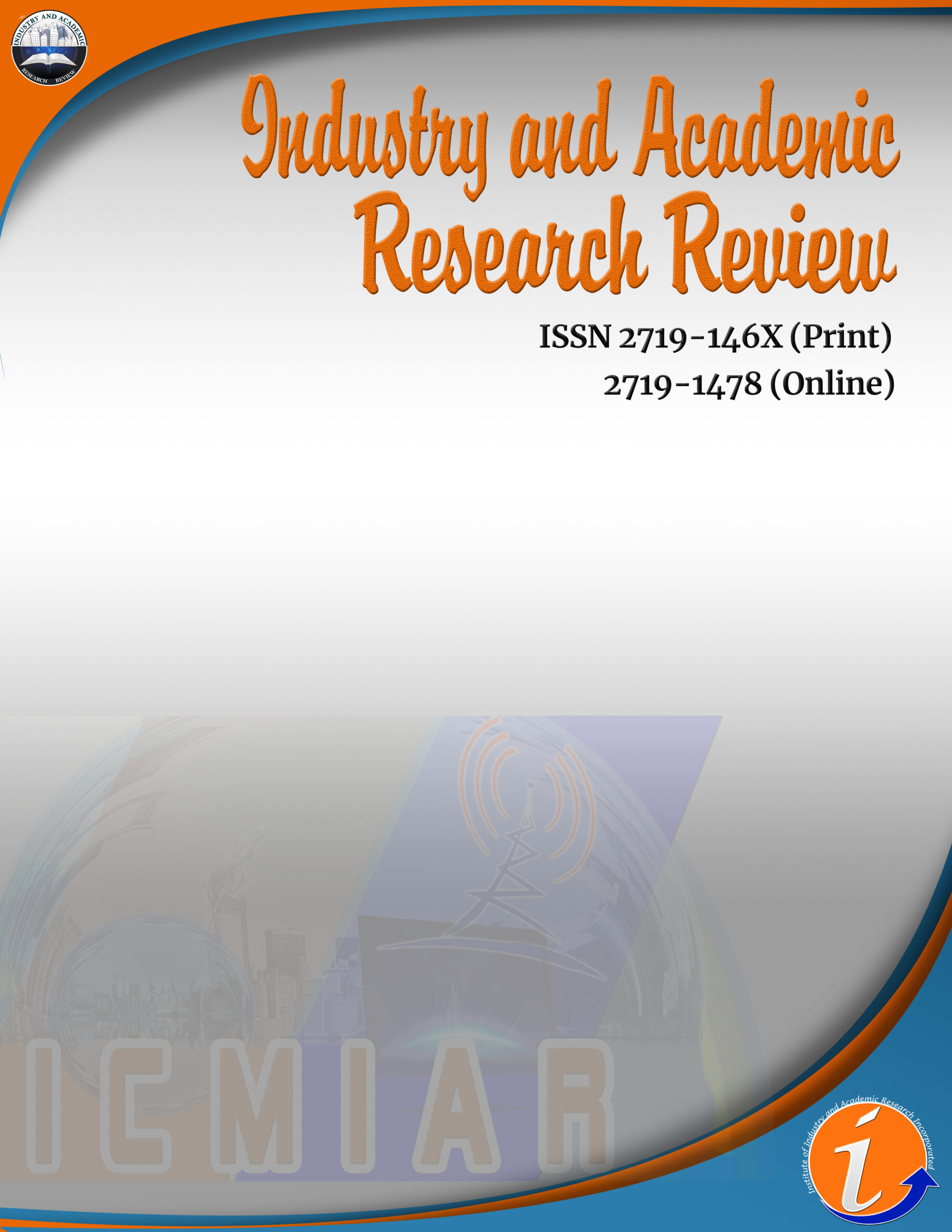This study was conducted to determine the effectiveness of using differentiated instruction in improving learners’ performance in general mathematics. The participants were forty (40) Grade 11 students during the school year 2023-2024. A total of 20 students were assigned to the experimental group, which was taught using differentiated instruction, and 20 students were assigned to the control group, which was taught using non-differentiated instruction or conventional methods. This study employed a quasi-experimental design, specifically the matching-only pre-test-post-test control group design. Percentage, mean, Mann-Whitney U Test, and Wilcoxon Signed Rank Test were used to compare the effectiveness of using differentiated instruction and conventional methods in improving learners’ performance in general mathematics. The pre-test result showed that the control group had a mean score of 5.40, while the experimental group had a mean score of 5.35. The post-test results revealed that the mean scores of the control group had increased to 12.25 and the experimental group to 12.70, with a mean gain of 6.85 and 7.35, respectively. The study indicated that there is no significant difference in the mathematics performance level of students in the control group (mean score = 12.25) and the experimental group (mean score = 12.70) at the.05 level of significance (z-value = -0.276, p >.05). However, both groups mean scores notably increased, and this positive mean gain implies improvement in performance, indicating that differentiated and non-differentiated (conventional) instructions of teaching were both effective in improving learners’ performance, thus teachers can use both strategies in their teaching.
differentiated instruction, general mathematics, effectiveness, learners’ performance
License:
![]()
This work is licensed under a Creative Commons Attribution (CC BY 4.0) International License.







